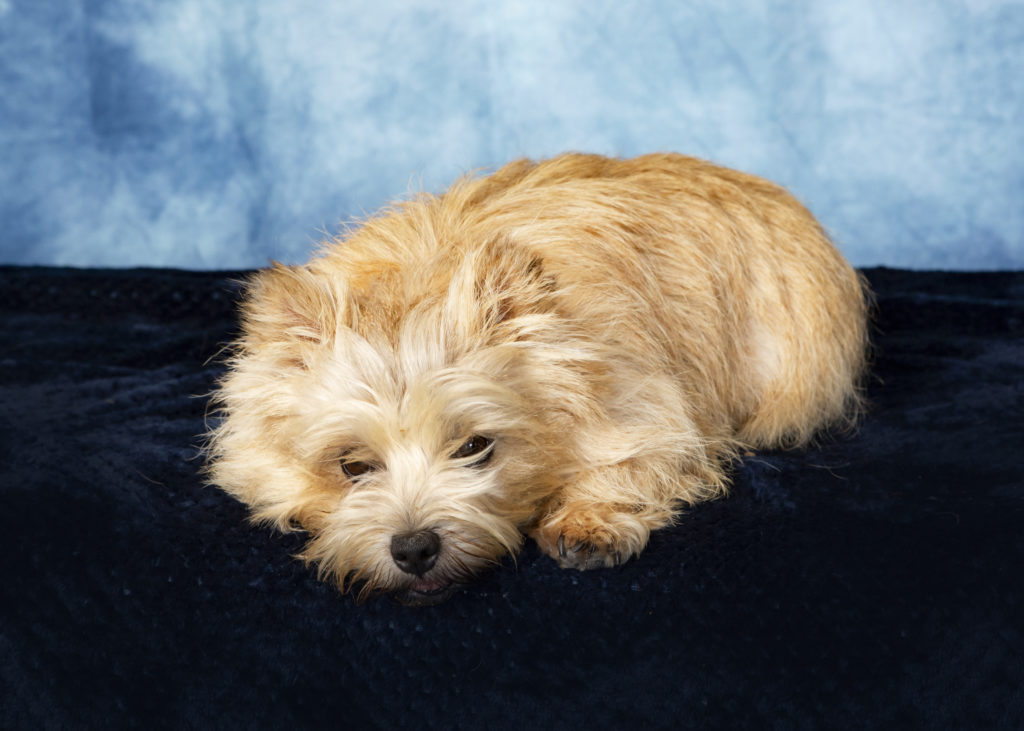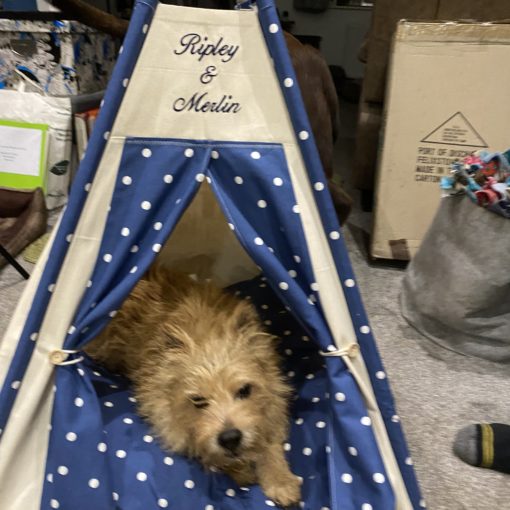
Dogs and Puppies can develop a fear of pretty much anything and it doesn’t actually take a hugely negative situation or repetitive events to create a deep set fear. One fear I have been asked about previously and was asked to contribute on for an article by Lucy Notarantonio for Newsweek. The article link is at the end of this article and here is a more in depth look at fear of Flies and insects for dogs.
What causes a fear of flies to begin?
On occasion a dog may have a fear of hearing or seeing a fly due to other previous situations such as a fly being present while they were unwell or in pain. This would take a lot more work to undo especially if the dog still suffers with the same illness or condition that caused the discomfort. Working with a clinical behaviourist would be advisable in this type of case as the fear will be very deep.
Another cause for a fear response to seeing a fly could be due to a dog having general anxiety or sound sensitivities and the sound of the fly adds to the sounds already causing worry. The sound would then be associated with the sight of a fly as well and start causing the same response. Here we would look at building confidence, using a combination of positive methods such as play, botanical self selection, pet remedy sprays, working with various sounds to help lower the overall sensitivity etc.
When dogs have a fearful reaction to flies the first thing to look at are reactions happening within the household as this can often be where the association began and can play a big part in helping a dog through their fear. Bear in mind fears can be extremely stressful for dogs and actually make their day to day life more miserable so while we are not trying pinpoint blame, it’s important that owners are honest about what may happen or have happened in the past so we can help the dog – the most important factor!
Often – although not always – dogs observe their owners trying to eject a fly from the home and it’s these actions that cause our dogs to be worried. First there’s the waving of the hand to try and deter the fly which will be ignored by some dogs but a cause for concern for other dogs. They may not know the fly is there and just see their owner’s hands waving around erratically!
There may be a fly swat involved or a rolled up magazine and these are swiped left and right and sometimes come banging down on a table or wall to try and squish a fly. For a dog however this just looks like irregular behaviour and this causes anxiety in an otherwise confident dog, and huge worry for dogs who already have less confidence.
If an electric fly zapper is used, handheld or plugged into the wall, then not only is there a fly and owners moving around but every now and then there’s a zap sound too! Thats going to put a dog on edge not know when the sound will come but knowing it will as they quickly link the presence and sound of the fly with the zap.
Once this association is in place all we need is a fly to be in the room and a dog can go straight to anxiety or fear in anticipation of the reactions to the fly being there.
What is then needed is less responses from people when there is any type of fly or anything that moves in a similar way. No pointing it out, no being irritated by it etc. Nothing at all. Move your dog to another room so that they don’t need to be close to the fly and waiting for a reaction to happen.
You can invite your dog to play with you and a toy, offer treats which you roll on the floor for them to chase or throw to them to catch, doing something fun and upbeat. If they like tricks like jumping over something low or giving paw you can ask for these. This is an initial step to changing the association a dog has with the fly being there. It may take a little while for a dog to completely feel calm enough to be in the same room a fly is in and to do something like play, so utilise space and distance.
You may need to go back another step and just play a sound of a fly really low while interacting with your dog to help them work on the sound without the visual of the fly too. Ensure the sound is really low and only increase a little when there is no response to hearing the fly; no turning the head towards the sound, no ears pushing back on the head, not stopping to pant heavily, not shaking etc. Only work on this for a couple of minutes at a time and spread out sessions so that a dog can have a chance to feel less overwhelmed before starting again.
Is it really fear?
Fear responses can vary hugely but typically you’d expect to see a combination of a dog trying to hide away or leave the room the fly is in, shaking either just a little or completely. tail tucked under, ears pinned back or close to the head, eyes may be wide or almost closed, lip licking, yawning, trying to get under furniture in a panic, whining or crying, drooling or even nibbling their paw, leg or a piece of the sofa!
Sometimes a dog will chase flies, jump and air snap at them, sit and watch them or even bark! This may appear to be a dog scared of the fly but actually it is heading more towards chase and ideally should be discouraged by giving your dog something else to do, limiting access to the fly if it’s in a room of the house, not trying to move the fly away as this can look like we are joining in to a dog! This doesn’t mean a dog barking at a fly or lunging at it isn’t worried or scared but as a generalisation without working with a dog it’s less likely that they are scared if they are rushing towards it and trying to bite it! This can still be stressful for a dog as they won’t be able to rest properly if they can hear a fly in the house day or not.
Take a look at the Newsweek Article here:
https://www.newsweek.com/puppy-terrified-tinest-thing-imaginable-1886512



